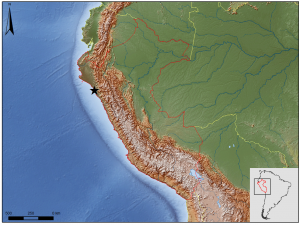
Acoustic properties of Moche sites in the Jequetepeque valley, Peru (Dianne Scullin, Columbia)
Earlier this month, I attended the South American Archaeology Seminar, hosted bi-annually at UCL by Dr Bill Sillar. These sessions are an outlet for a broad variety of interests and terrific original research stemming from archaeologists working South America and the Caribbean, yet the overlap with archaeological computing is a surprisingly rare occurrence.
Continue reading →






